
Breaking up is Hard to do Systematically
Some of us are pretty good at breaking stuff accidentally, but breaking things thoroughly and systematically requires study at a tertiary level.
Swinburne University’s Smart Structures Laboratory is the ideal place for letting students break stuff in the name of research, testing and experimentation.
Known as the ‘strong cell’, the $15m laboratory is a major three-dimensional testing facility developed for large-scale testing of civil, mechanical, aerospace and mining engineering components and systems. It’s the only one of its type available in Australia. Not surprisingly, before you start snapping high-tensile materials in half or seriously trashing anything, you want to ensure nothing will end up flying around the room. To provide anchor points for securing the machinery and material the concrete floor is one metre thick. So are the two 5m-height strong ‘reaction’ walls meeting at one corner. The 3D strong cell has a grid of tie-down points at 500mm centres over the entire floor and walls to anchor the objects under test. These are also used for locating the lab’s suite of hydraulic actuators and universal testing machines varying in capacity from 10 tonnes to 500 tonnes. The facility is housed in a large architecturally-designed test hall about 8m tall, located at the front of the ATC building. Of course, as architects are prone to do with the front of buildings, the entire façade is made of glass.
ACOUSTIC AGGRAVATION
Impressed? You should be. So far, so good, until you remember this is a teaching space, and that means students and lecturers, microphones and PA systems, projectors and screens – none of which are going to work at all well in such a hard, square and well-lit room. The architects might as well have been designing the ultimate reverb chamber. As for arcing up a projector, when one of the walls consists entirely of 8m windows…
The building and laboratory have been up and running for some years and over that time the university has approached several integrators to quote on installing a PA system in the room – and each of those firms has politely declined the invitation stating it simply couldn’t be done. That was until they asked AV integrators B&H Australia, a company that has in the past dared to tread where other AV installers fear to go when the acoustic problems of a room seem insurmountable.
The brief for the PA system was quite straightforward. The lecturers wanted to walk about the room with a hand-held radio microphone and be clearly heard at all times without worrying about feedback hot-spots or excessive reverb affecting the clarity. There’s no lectern, platform or even a notional ‘front’ for the space. Also, the system needed to be simple enough for set-and-forget operation by people who are comfortable with Cauchy stress tensors, but can’t necessarily update the address book in their mobile phone.
The actual installation was a complete retro-fit and those aforementioned concrete surfaces meant there were no recesses or wall cavities for running wiring. While aesthetics in such a utilitarian facility shouldn’t be too much of a concern – you wouldn’t expect the odd bit of conduit to look out of place in a laboratory full of hydraulic machinery – the cable runs did prove to be a challenge with masonry anchors needed for just about everything except for the steel beams overhead, which posed an extra effort as well.
BAFFLE FREE
By far the hardest problem was negating those extremely live, reverberant acoustics. The design of the PA had to be the only solution, since installing baffles, curtains or any sort of absorbent panelling wasn’t an option. The efficiency of the laboratory couldn’t be compromised for the sake of the audio. Figuring out a solution came from a combination of B&H Australia’s audio guru Stuart Dodds’ 40 years of experience, plus going back to the basics of measuring the room and capturing samples for analysis. Then, it’s a matter selecting exactly the right equipment to install.
Usually a column/line array system is the preferred method of making sure your audio is aimed towards where you want it to be heard (to state the obvious), but in this case the four TOA SR-S4L two-way line array speakers were selected because of their tight pattern control, and are powered by a single TOA DA-250F 4 x 250W Class D digital power amplifier, that meets the university’s stringent ‘green’ power efficiency requirements.
The choice of speaker type is primarily about keeping the sound fields away from all that nasty concrete and glass as much as possible – a fine distinction, but an important one. The idea was to create tightly-focused areas of sound. Once the audio is contained to specific parts of the room, setting up the dbx DriveRack PA+ processor to put the squeeze on any troublesome frequencies is a painstaking task, ensuring that gain and response curves aren’t sacrificed too much in the pursuit of keeping that dreaded feedback at bay. It’s a familiar workflow to many audio engineers, except it’s worth noting again this is being done for a room that no one else wanted to go near with an acoustic barge pole. The processor setup requires a lot of finesse and, no doubt, the sort of patience that Stuart has learned over those four decades.
In front of the dbx DriveRack PA+ sits a no-frills Australian Monitor MX82 mixer. With recessed bass and treble controls and only the volume levels easily adjustable, the MX82 is precisely the kind of mixer to prevent any unskilled tweaking by staff or students ruining the processor’s hard work.
ADDING VISION
The end result has been so successful that B&H Australia was recently asked to supply a projection system with auxiliary monitors for the room. The video system consists of four Samsung ME65B 65-inch (1.65m) LED display panels, an Epson EB-G6750WU HD 6000 ANSI lumen data projector, a Kramer 6 x 6 HDMI matrix and 6 Kramer HDMI over cat-6 extender kits.
If there’s one thing that B&H Australia is now a world-leader in – it’s masonry anchors into bloody hard concrete. At a later date an AMX system is planned to manage the screen and computer selection using an LCD touch panel that will control the switching of computer video sources to the LCD displays and projector.
The AV and PA installation at Swinburne University is a triumph in finding solutions and getting results, when the consensus of opinion was it simply couldn’t be done. Although sophisticated equipment and products will always be a help, it’s experience and applied knowledge in the industry that provides the answers in the end.
A smashing good result, you might say.
MORE INFORMATION
Smart Structures Lab: tinyurl.com/SmartStuctures
B & H Australia: www.bhaustralia.com.au/
Sound system
4 x TOA SR-S4L line array speakers
1 x TOA DA-250F 4 x 250W class D amplifier
1 x dbx DriverRack PA+ sound processor
1 x Australian Monitor MX82 audio mixer
1 x Revolabs HD Venue wireless microphone system utilising a Shure SM58 handheld cardioid microphone
Video system
4 x Samsung ME65B display panels
1 x Epson EB-G6750WU full HD data projector
1 x Kramer 6 x 6 HDMI matrix
6 x Kramer PT571/PT572+ HDMI over cat 6 extender kits

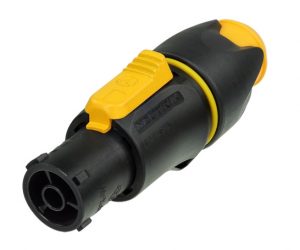


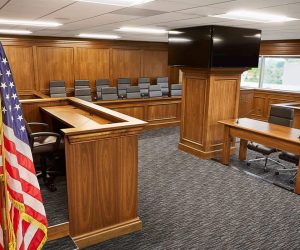


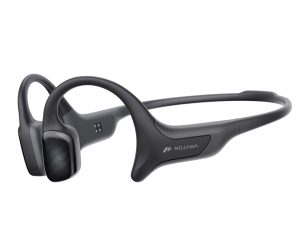

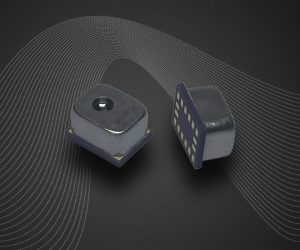
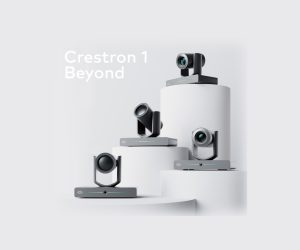




RESPONSES